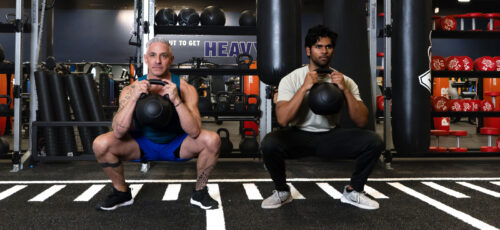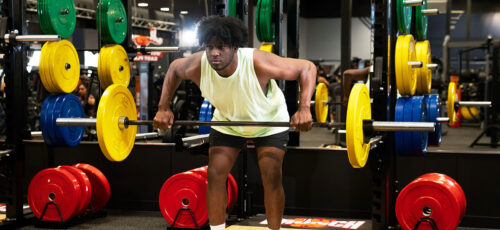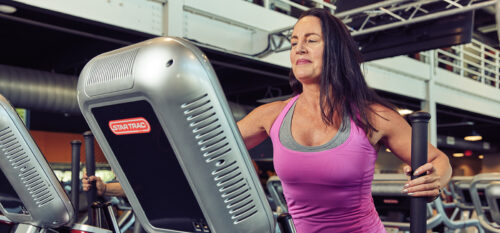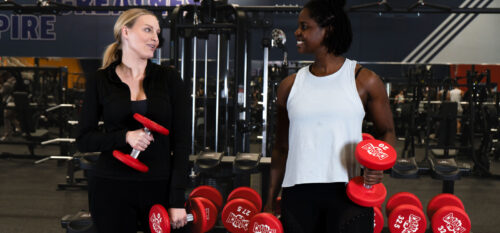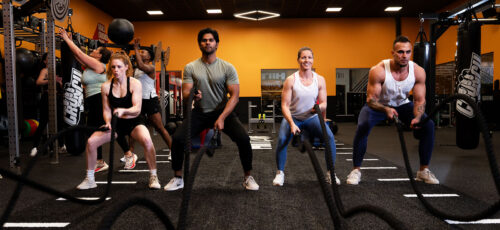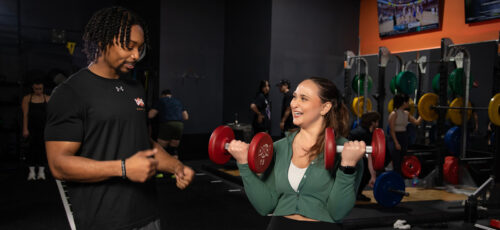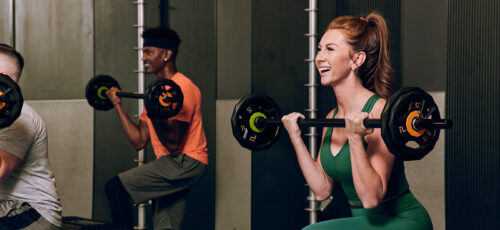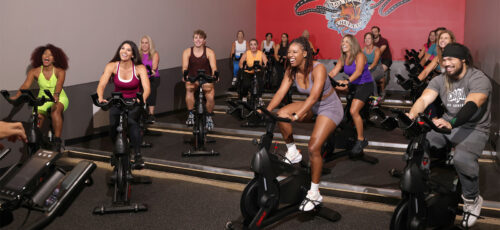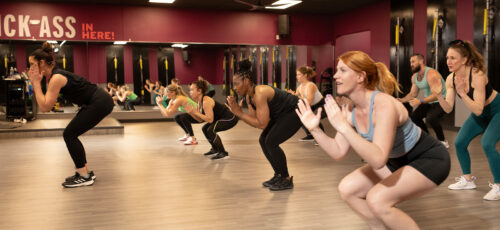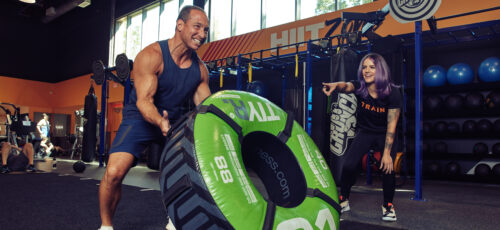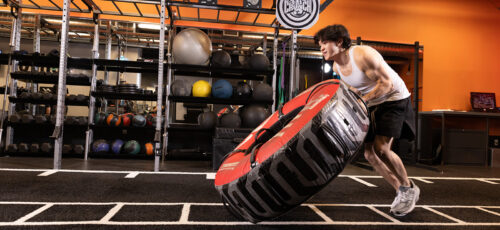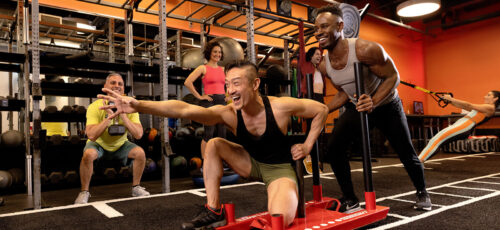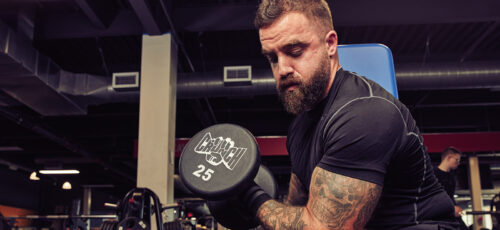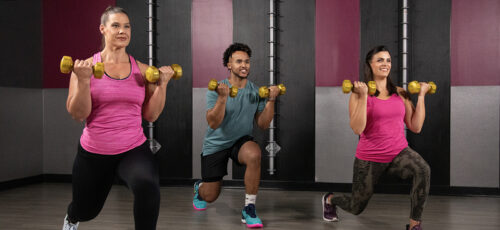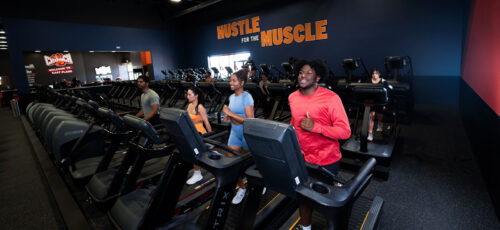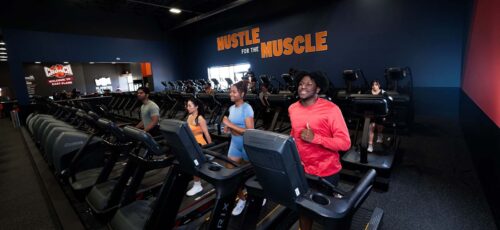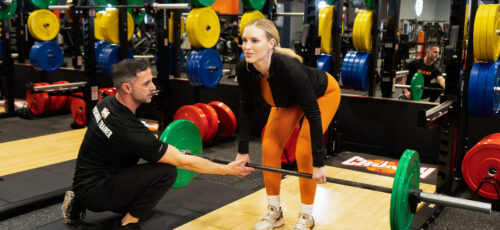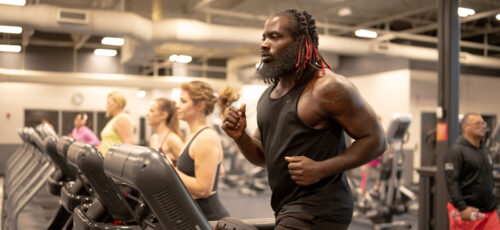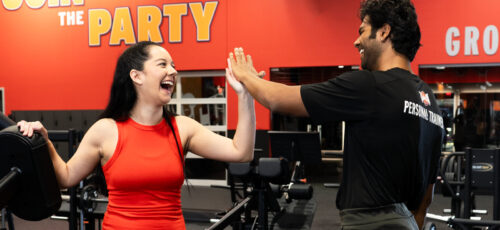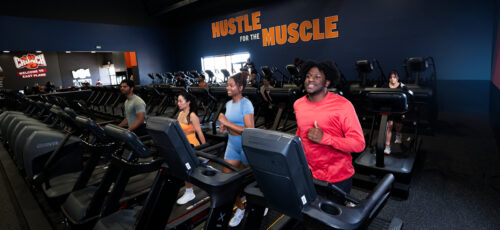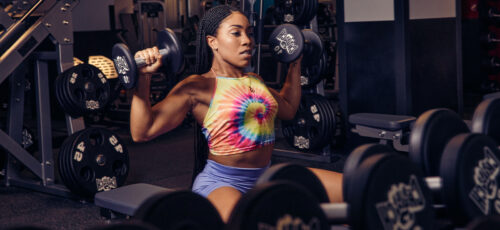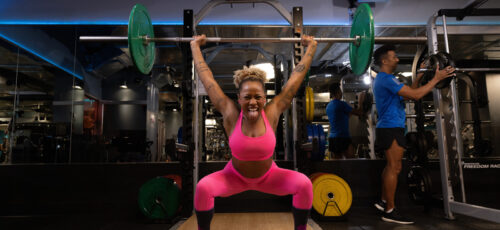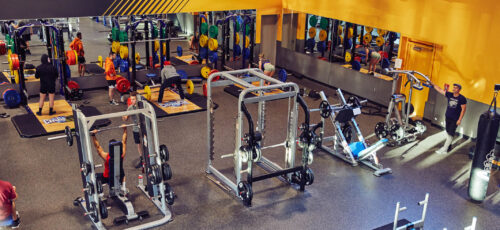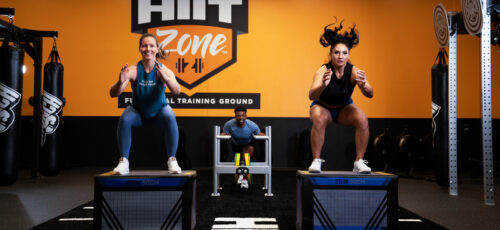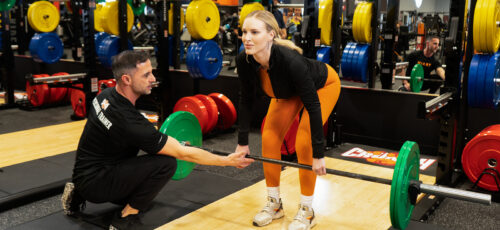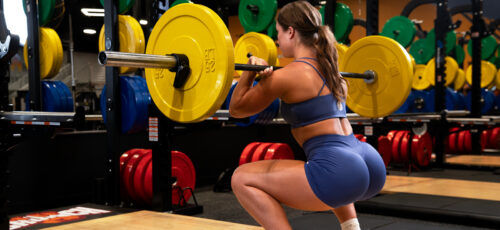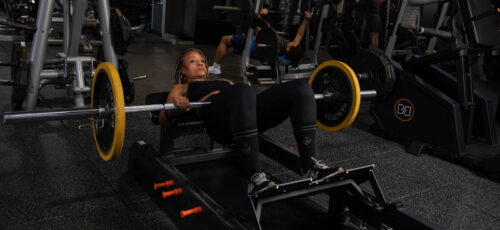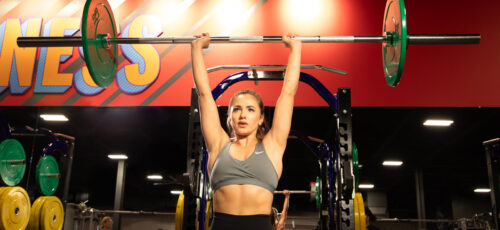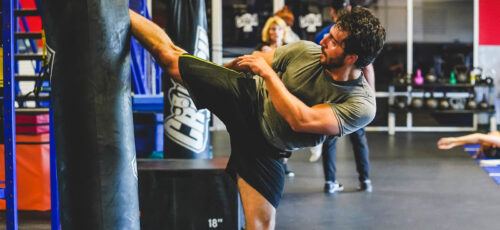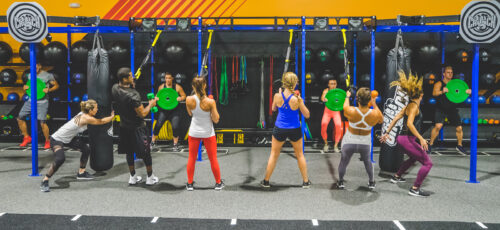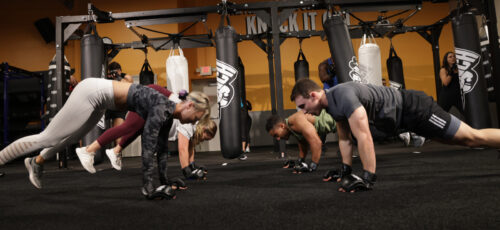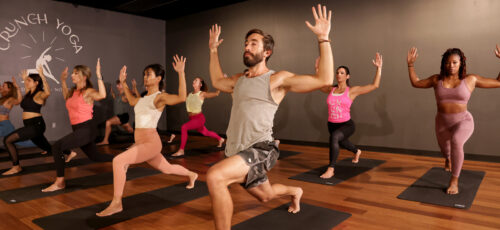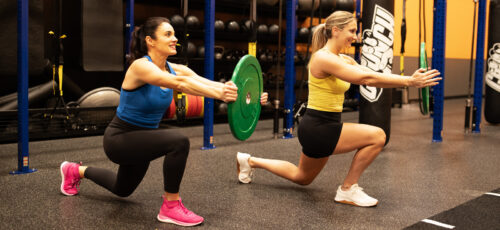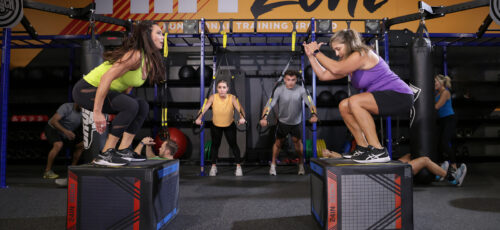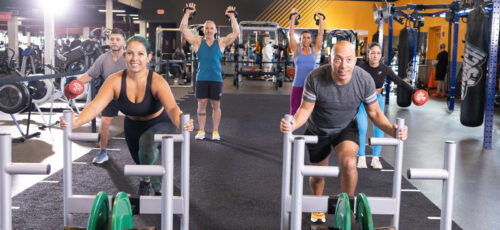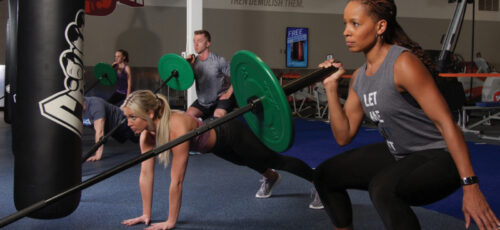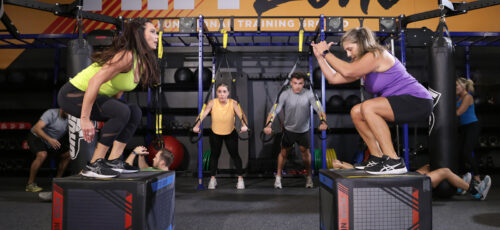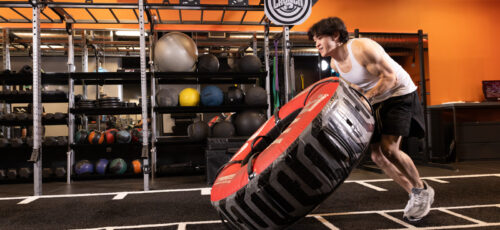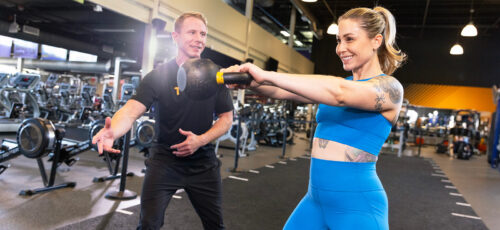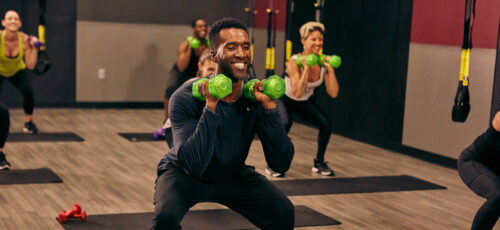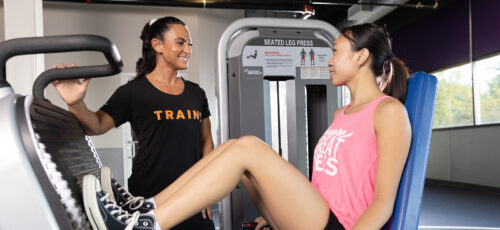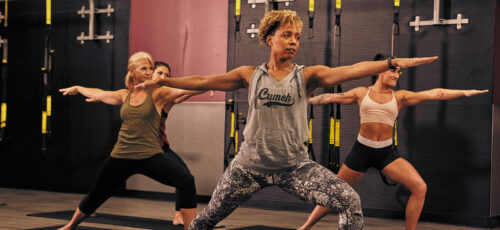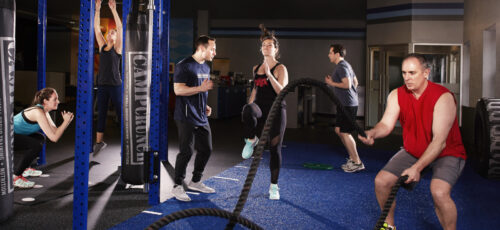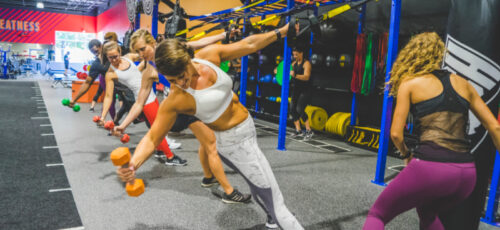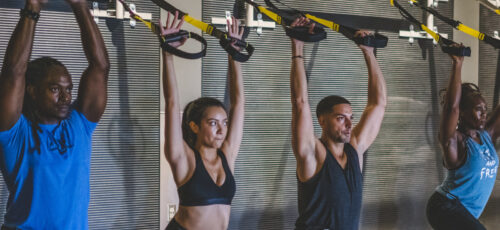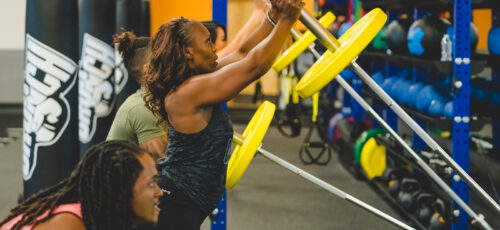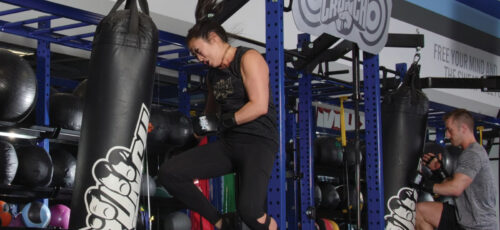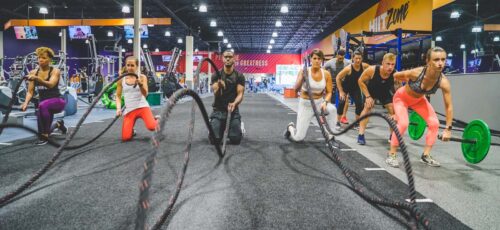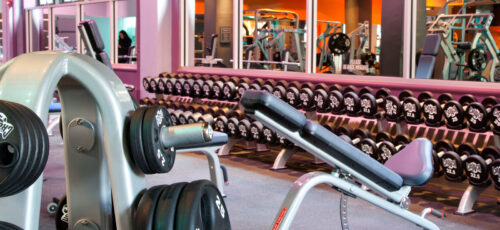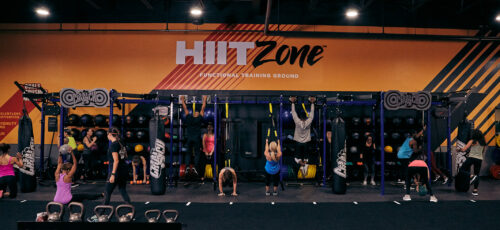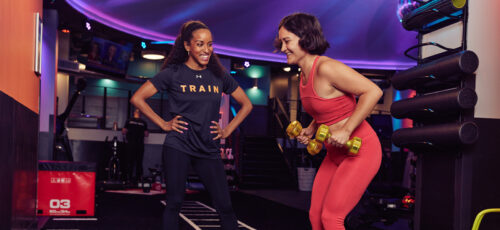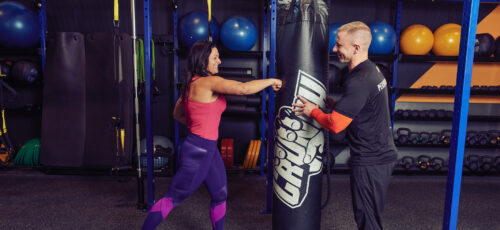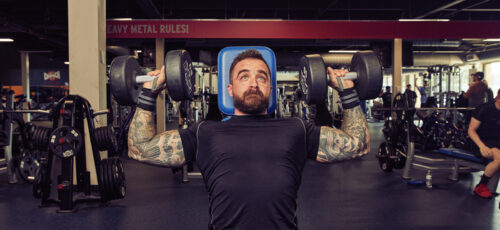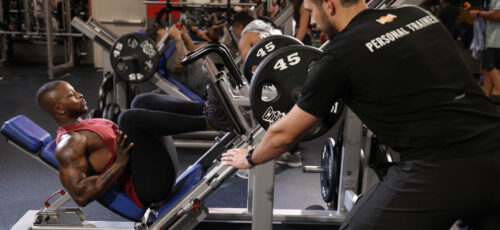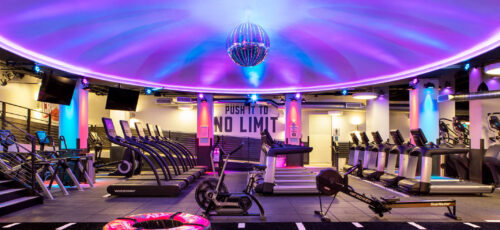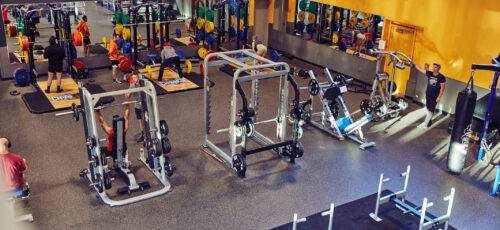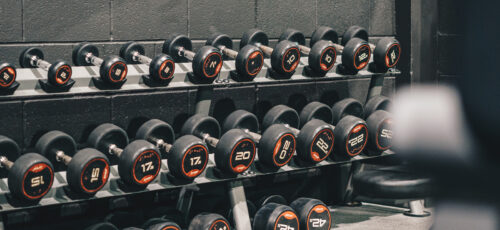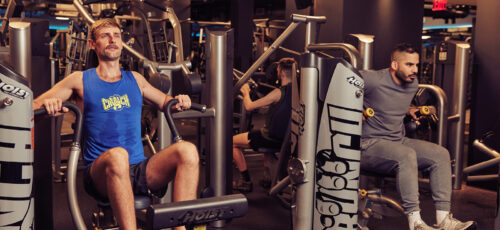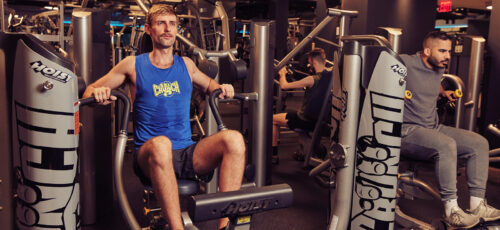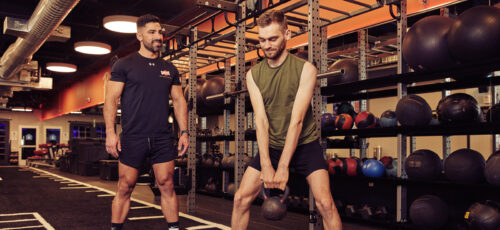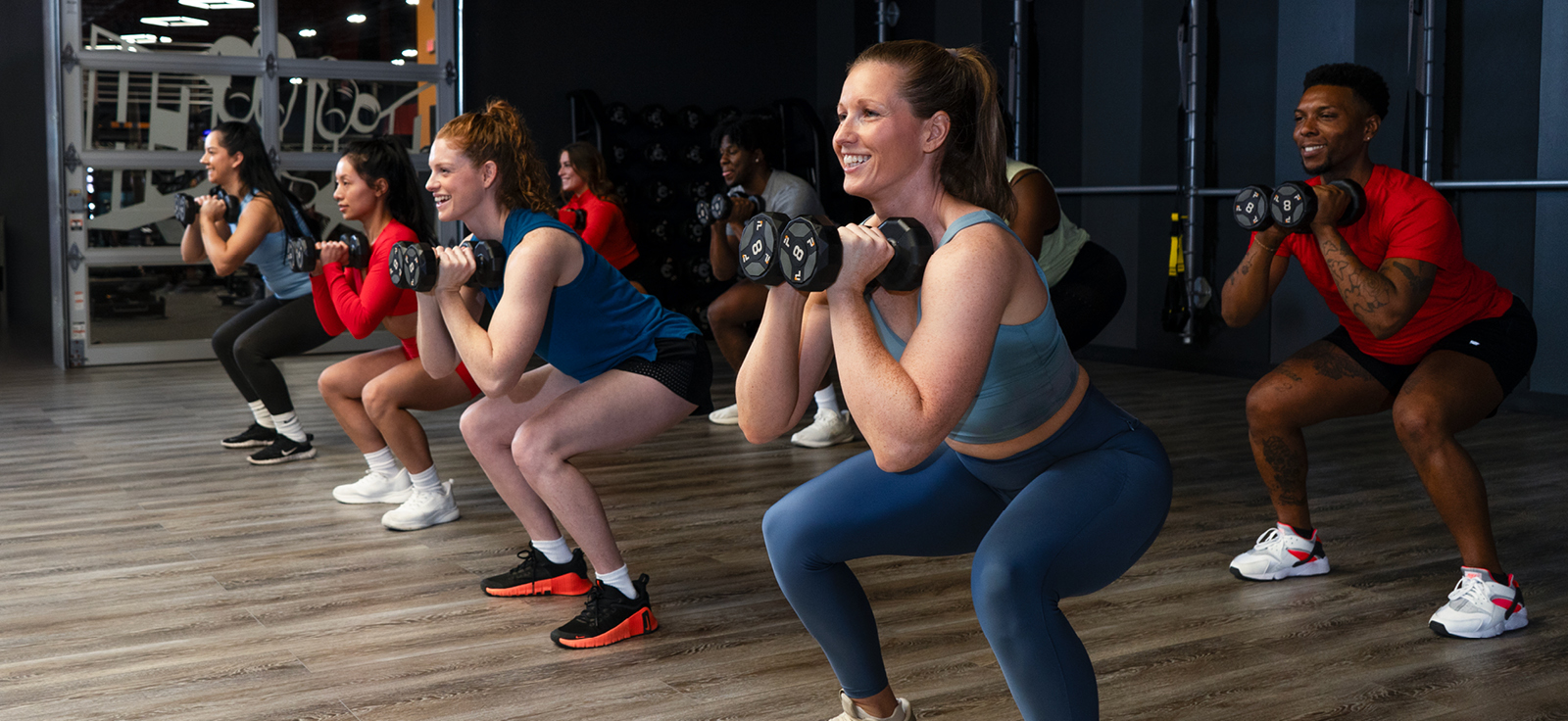
If you’re looking to build serious muscle mass, boost overall strength, and torch fat tissue, you’ve come to the right place! Whether you’re an experienced gym-goer or just starting your fitness journey, understanding the right exercises to build muscle mass is key to seeing real gains.
But here’s the thing—muscle growth isn’t just about lifting heavy weights; it’s about progressive overload, proper recovery, and the right fuel to keep your body growing strong.
How does muscle tissue actually grow? What is the best way to train multiple muscle groups without experiencing burnout? Should you prioritize compound exercises, like the barbell bench press, or incorporate isolation exercises for targeted growth?
In this ultimate guide, we’ll cover everything you need to know about building muscle fast, including:
- How muscle growth works
- How often and how much you should train
- The best workouts for maximum muscle gain
- The role of nutrition and recovery
- An example gym routine to get you started
Ready to supersize your muscles? Let’s dive in!

How does Muscle Grow in the Body?
Muscle growth—or muscle hypertrophy—happens when your body repairs and strengthens muscle tissue after a tough workout.
Tiny tears occur in your muscle fibers when you lift heavy weights or do resistance training like bench presses, pull-ups, or leg presses. But don’t worry—that’s a good thing! With proper rest, nutrition, and progressive overload, your body rebuilds those fibers, making them stronger and larger over time.
To build muscle mass, you need to challenge your body consistently. Compound exercises like the barbell bench press work multiple muscle groups at once. These moves and isolation exercises targeting specific areas (like bicep curls for your arms) help maximize muscle gain and overall strength.
But lifting alone isn’t enough—you need the right fuel to recover. Lean meats, healthy fats, and protein powder provide the nutrients your muscles need to repair. And don’t forget rest days! Overtraining without recovery can lead to fatigue, increased risk of injury, and slower muscle development.
At Crunch Fitness, we make building muscle fun and effective with expert-led classes like:
- HIIT & Strength: Combines resistance training with cardio for full-body muscle development.
- Badass Bootcamp: Uses heavy weights and bodyweight exercises to build strength and burn fat.
- Strength Training: Focuses on compound lifts like squats, deadlifts, and bench presses.
- ABSolution: Strengthens your core muscles to improve overall strength
- Heavy Metal HIIT: Improve your strength, cardiovascular, core strength, and even your brain.
Want to keep making gains? Stick to regular strength training, proper form, and a strong core—your body will thank you! Next up: How often should you train to supersize your muscles?
How Often and How Much Should You Workout to Gain Muscle?
Building muscle isn’t just about hitting the gym—it’s about training smart. The key factors to muscle growth are frequency, volume, weight, and progressive overload. Let’s explain in a way that makes sense.
Frequency
To build muscle mass, you should train each muscle group at least two to three times a week, hitting the gym three to six days weekly.
But don’t fall into the trap of thinking more is always better. Rest days are crucial! Your muscle tissue repairs and grows when you’re resting, not lifting. Overtraining can lead to fatigue, increased risk of injury, and stalled muscle gain.
Volume
If your goal is muscle development, aim for 3-4 sets of 8-12 reps per exercise. This sweet spot allows you to challenge your muscles without burning out.
For example, if you’re doing a barbell bench press, your last few reps should feel tough but manageable with good form.
Weight
Go for a weight that challenges you but still allows for proper form. If you can breeze through a set without struggling, it’s too light. Conversely, it’s too heavy if you can’t finish your reps without breaking form—a good rule: the last two reps should feel hard but doable.
Progressive Overload
To avoid plateaus, gradually increase your workload. Let’s say you’re bench pressing 10kg for three sets of 8 reps. The next week, aim for 10 reps, then 12. Once that feels comfortable, increase the weight and start again.
Train smart, fuel up with lean meats, healthy fats, and protein powder, and give your muscles time to recover. That’s the real secret to gaining muscle.

Do Males and Females Grow Muscle Differently?
Yes and no! While muscle growth works the same way for everyone—through resistance training, progressive overload, and proper nutrition—factors like hormones, genetics, and body type affect how fast you see results.
Body Type Matters
Regardless of gender, people have different body types, which can affect how easily they build muscle mass:
- Mesomorphs: Naturally muscular and gain muscle fast. If you’re a mesomorph, compound exercises like the barbell bench press, squats, and pull-ups will help you pack on strength quickly.
- Ectomorphs: Slim, with a harder time gaining muscle. If this sounds like you, focus on heavy weights, more calories, and progressive overload to encourage muscle growth.
- Endomorphs: Tend to have a curvier or rounder frame. Strength training, isolation exercises, and cardio can help you develop a lean, muscular physique.
What About Hormones?
Testosterone and estrogen influence how much muscle tissue a person naturally has. Men typically have more testosterone, which supports faster muscle growth. In contrast, women often have higher estrogen levels, which may lead to slightly slower muscle development but doesn’t stop it!
Dr. Tony Boutagy, a sports scientist, points out that men also have larger muscle mass, tighter joints, and stronger upper-body muscles—but that doesn’t mean women can’t achieve serious strength! With strength training, proper nutrition (lean meats, healthy fats, and protein powder), and smart recovery, anyone can build strength, burn fat, and increase overall fitness levels.
So, whether you’re bench pressing, hitting the leg press, or working on core muscles, the key is consistency, effort, and the right fuel.
How to Build Muscle Through Exercise
Building muscle takes time, consistency, and the right approach. While factors like age, sex, and genetics can affect your progress, anyone can achieve muscle growth with resistance training, proper nutrition, and rest.
Strength Training: The Best Way to Build Muscle
If you want to build strength and muscle mass, focus on strength training. This means working all major muscle groups at least twice weekly using compound exercises (like barbell bench presses, pull-ups, and leg presses) and isolation exercises (like triceps dips or bicep curls).
Great muscle-building exercises include:
- Lifting weights (dumbbells, barbells, kettlebells)
- Using resistance bands.
- Bodyweight training (push-ups, squats, lunges)
- Machines at the gym.
The key is progressive overload—gradually increasing the weight, reps, or intensity over time. For example, if you start with a bench press at 50 lbs for 8 reps, aim for 10 reps next week, then 12 reps, and eventually increase the weight.
Cardio and Muscle Growth
Think cardio kills gains? Not true! Moderate cardio (like jogging or cycling) can improve heart health, endurance, and fat-burning. At the same time, HIIT (High-Intensity Interval Training) can even support muscle growth.
Free Weights vs. Machines: Which One is Better for Muscle Growth?
When it comes to building muscle, both free weights and resistance machines have their benefits. It’s not about which is better but what works best for you based on your fitness level, goals, and experience.
Resistance Machines
Machines follow a fixed movement path, which makes them ideal for beginners or anyone recovering from an injury. Because the movement is controlled, you don’t need to worry as much about form or balance, reducing the risk of injury.
- Easier to use – Great for learning the correct form.
- Lower injury risk – Less chance of dropping weights.
- Good for isolating muscles – Perfect for targeting specific muscle groups.
For example, the Seated Chest Press can help beginners develop strength before transitioning to free-weight bench presses.
Free Weights
Dumbbells and barbells require more stability, balance, and core engagement, making them more challenging and effective for overall strength. Since they work multiple muscle groups simultaneously, they help with functional strength and muscle coordination.
- Engages more muscles – Great for building overall strength.
- More functional – Mimics real-life movements.
- Greater flexibility – You control the range of motion.
Which One Should You Use?
If you’re new to strength training, machines can help you build confidence before transitioning to free weights. If you’re more experienced, combining both can help maximize gains while maintaining good form.
How Important is Nutrition for Gaining Muscle?
You can build muscle without focusing on nutrition, but the right diet makes a huge difference if you want faster, more efficient muscle growth. Food is fuel—it powers your workouts, recovery, and muscle development.
Eating for Muscle Gain
If your goal is building muscle, you’ll want to eat in a slight calorie surplus—about 5-10% more calories than you burn daily. This gives your body the extra energy needed for muscle growth.
Tips:
- Protein is key – Aim for 1.4g of protein per kg of body weight to support muscle repair and growth.
- Choose quality protein sources – Lean meats, eggs, dairy, legumes, and protein powder can help.
- Don’t skip carbs – Carbs provide energy, especially before workouts.
Can You Build Muscle in a Calorie Deficit?
Yes! If you’re trying to lose fat, you can still gain muscle—but protein becomes even more important. A high-protein diet helps preserve muscle tissue while your body burns fat tissue for energy.
Tips:
- Focus on protein – This prevents muscle loss while burning fat.
- Strength training is essential – Regular resistance training signals your body to keep muscle mass while losing weight.
- Healthy fats matter, too – Include nuts, avocado, and olive oil for hormonal balance and recovery.
Pre-workout nutrition is just as important! A good mix of carbs and protein before training helps you push harder, lift heavier, and get better results.
Reach Your Fitness Goals With Crunch
There’s no magic trick to building muscle mass—just consistency, good form, and the right fuel. Whether you prefer free weights, resistance machines, or bodyweight workouts, the key is to challenge your muscles and give them time to recover. Eat enough protein, push yourself with progressive overload, and don’t skip those rest days. Stay patient, stay strong, and enjoy the process—your gains will come!
Crunch promotes a culture of positivity, inclusivity, and fun with no judgments by providing an environment for all individuals regardless of their health and fitness goals. Find a Crunch gym near you to try our free trial membership, or join Crunch now. We’re here for you – at the gym or at home. Access the best live & on-demand workouts anytime, anywhere with Crunch+. Ready to get sweaty? Try hundreds of workouts for free! Start your free trial now!











